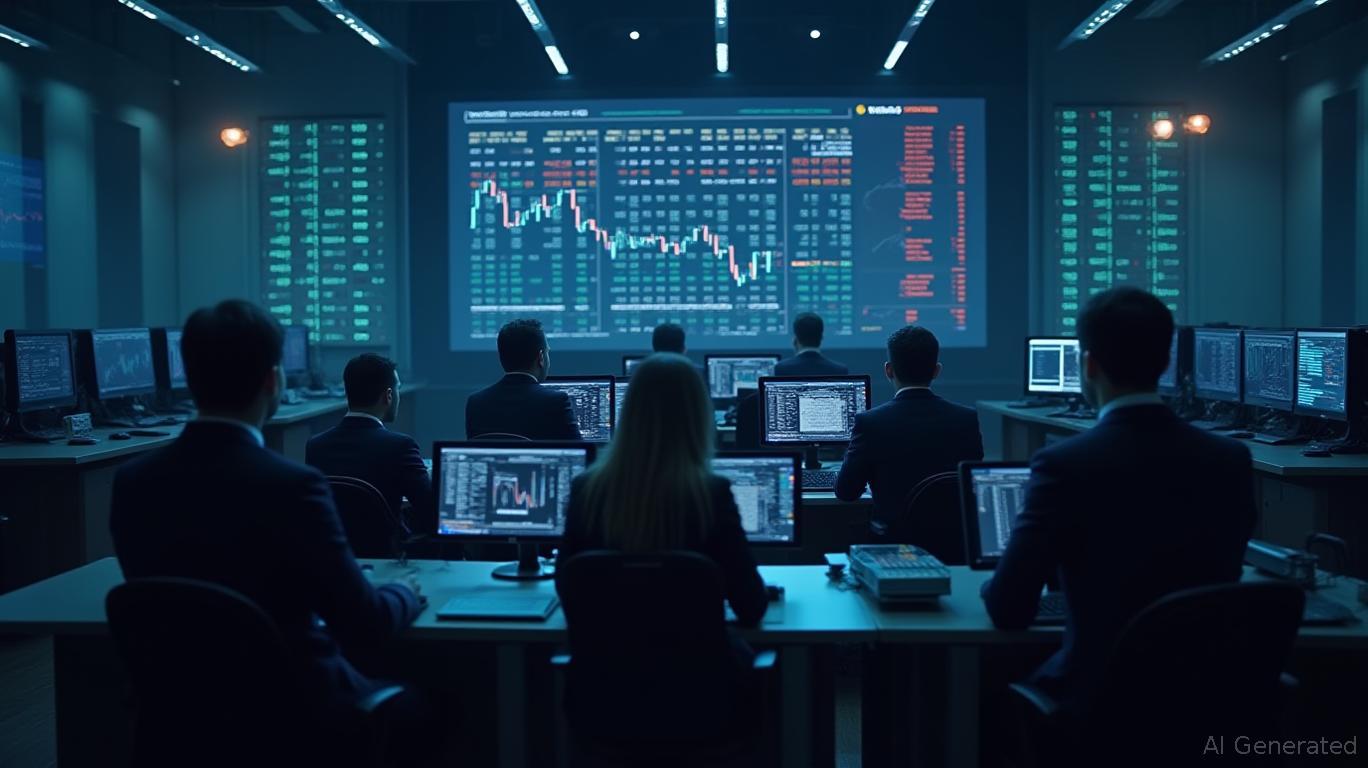The cryptocurrency landscape is undergoing significant changes in both institutional and retail attitudes, as
Ethereum
(ETH) and BlockDAG (BDAG) take center stage while Bitcoin (BTC) faces mounting challenges. As
BTC
experiences unprecedented outflows,
ETH
and
XRP
are seeing a resurgence in interest, and BlockDAG’s innovative hybrid blockchain has drawn attention with its bold expansion forecasts.
Bitcoin’s market share has diminished as major players reduce their holdings. CoinShares noted $513 million in net outflows from crypto ETPs for the week ending October 20, 2025, according to
a Mitrade report
. BTC alone accounted for $946 million in withdrawals, largely attributed to U.S. investors’ reactions to the Binance liquidity event and escalating U.S.-China trade tensions. In contrast, Ethereum,
Solana
(SOL), and XRP have absorbed much of the capital leaving Bitcoin. ETH saw $205 million in new investments, and a 2x leveraged Ethereum ETP attracted $457 million—the highest weekly inflow for any digital asset.
Ethereum’s recovery is also being fueled by ETF activity. On October 28, U.S.-listed spot ETH ETFs brought in $134 million, raising total net inflows to $14.49 billion and net assets to $28.35 billion, as reported by
an FXStreet article
. ETH is currently valued at $3,864, maintaining support above $3,750, and analysts expect a possible rally toward $4,500 if institutional buying continues.
Ripple’s XRP has experienced volatility, declining 1.23% to $2.42, but has caught the eye of speculative retail investors. Open interest in XRP futures climbed to $4.51 billion, marking a 30% rise from late October lows and indicating renewed risk-taking. In
a Coinpedia article
, investor Jake Claver made a striking forecast that XRP could reach $100 by the end of 2025 and $1,500 by early 2026. His outlook is based on the potential approval of U.S. spot XRP ETFs, which could inject $550 billion into the market and leverage BlockDAG’s hybrid approach to address blockchain scalability, security, and decentralization.
BlockDAG’s testnet has achieved 1,400 transactions per second (TPS), with plans to scale up to 15,000 TPS at launch, according to
a Bitget report
. By combining Bitcoin’s Proof-of-Work (PoW) with a Directed Acyclic Graph (DAG) framework, BlockDAG aims to resolve scalability challenges while preserving decentralization. Its ongoing developments have drawn in 312,000 unique holders and 4,500 dApp developers, as detailed in
an NFT Evening article
. Experts point to BlockDAG’s potential for 1000x growth, highlighting its hybrid design and a thriving mining community with over 20,000 X10–X100 miners.
However, BlockDAG is not without rivals. Projects like EcoYield (EYE) are focusing on real-world applications, utilizing AI infrastructure and renewable energy. EcoYield’s pilot in Leeds, which uses 8 NVIDIA H100 GPUs and a 150 kW solar array, provides transparent cash flows and an estimated 20–30% APY, offering a contrast to BlockDAG’s focus on transaction throughput, according to
a FinanceFeeds analysis
.
The overall market is becoming increasingly divided. While
Bitcoin
supporters defend crucial levels above $114,000, Ethereum’s ETF-driven inflows and XRP’s speculative momentum are shifting capital toward alternative coins. Recent developments and growing institutional interest in projects like
Chainlink
(LINK) and Render (RNDR) reflect a rising appetite for scalable and practical blockchain solutions.
Nonetheless, obstacles persist. Regulatory ambiguity, especially regarding U.S. spot ETF approvals for XRP, and broader economic challenges could slow progress. For now, attention is on execution—whether BlockDAG can meet its TPS targets and if Ethereum’s upgrades will continue to attract institutional investors.
